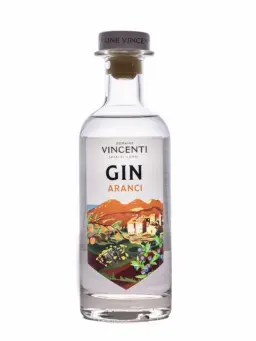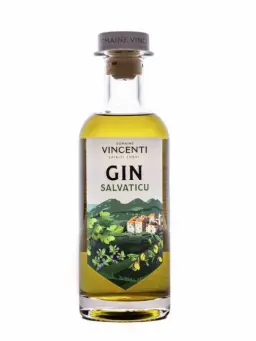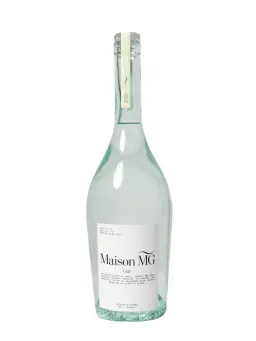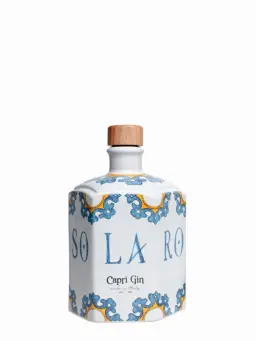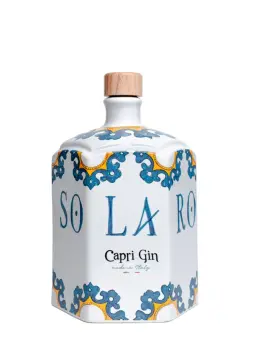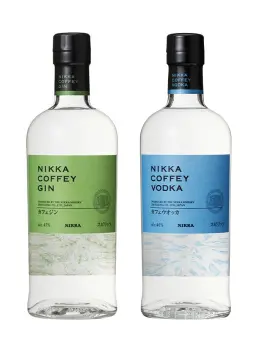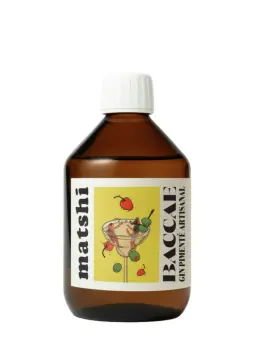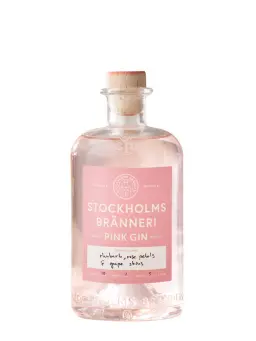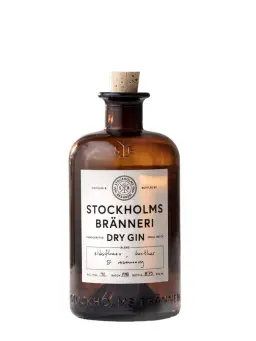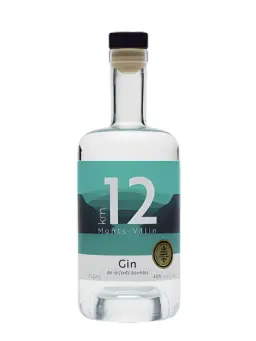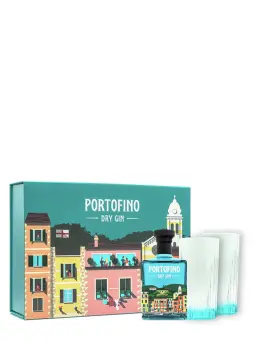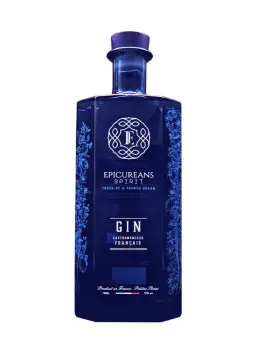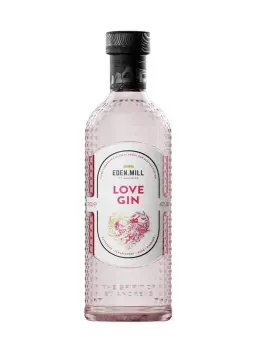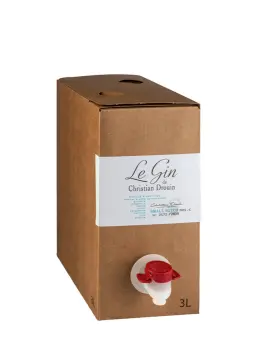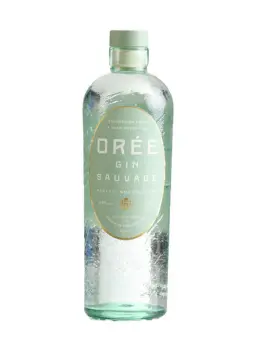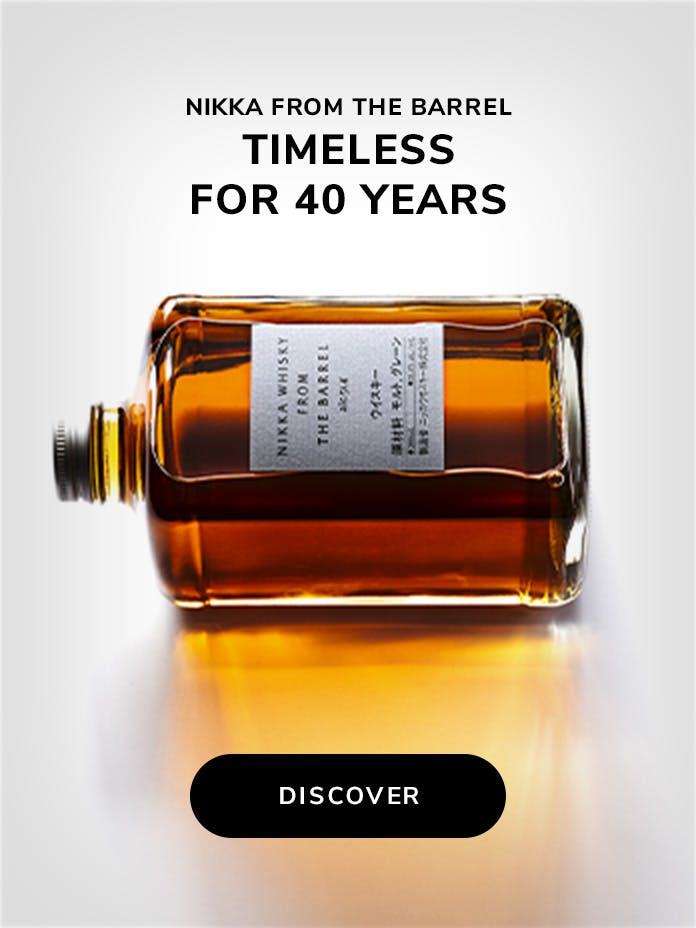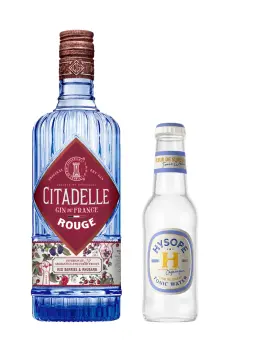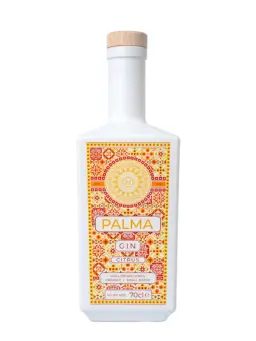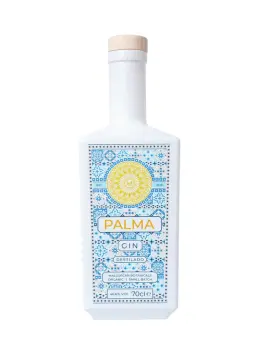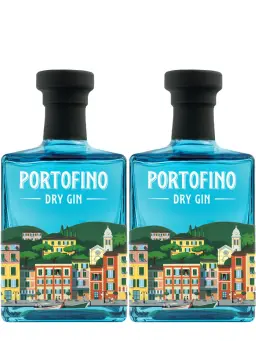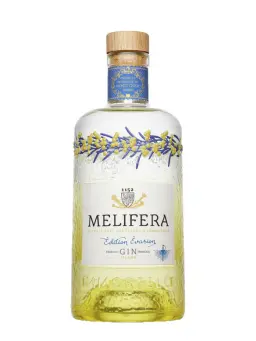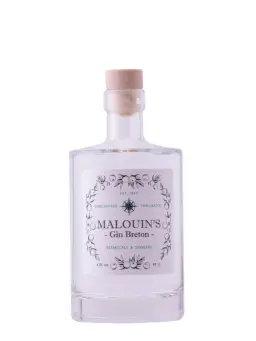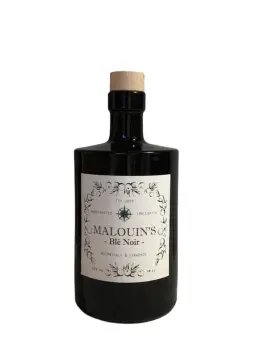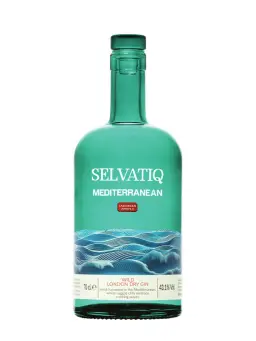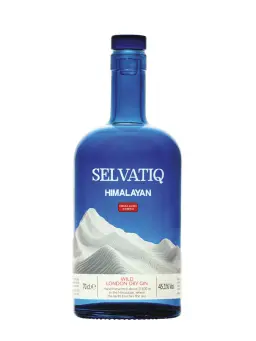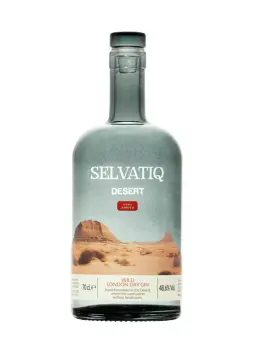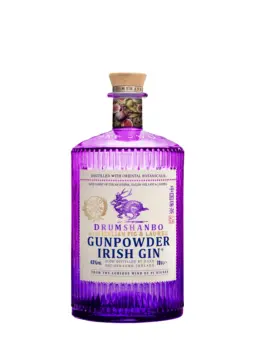Gin
Gin is a flavoured eau de vie made from grain or molasses. The flavouring process can be natural, by infusion or maceration of the spirit with spices, aromatic plants and herbs, or artificial, by the addition of natural or artificial gin essences. The juniper berry, from which gin takes its name, is an essential ingredient. The minimum alcohol content of gin in Europe is 37.5%. Its flavour and appearance may be adjusted by the addition of sugar and colouring. There are various sub-categories of gin : ‘gin ’, which can be flavoured; ‘distilled gin’, produced by the redistillation of a spirit in which natural flavourings have been macerated; ‘London dry din’, a distilled gin, to which no artificial ingredient (flavouring or colouring) may be added, except for sugar, in strict proportions.
375 items
MAISON MG Gin 41%
SOLARO Capri Gin 35CL 42%
SOLARO Capri Gin 42%
DUO NIKKA COFFEY GIN & VODKA
BACCAE Matshi Gin 40%
KM12 Gin Boréal 40%
BLURRY MOON Gin 42%
EDEN MILL Love Gin 40%
CHRISTIAN DROUIN Le Gin BIB 42%
DUO CITADELLE ROUGE X HYSOPE TONIC SUREAU BIO
PALMA Rosé Gin 40%
PALMA Citrus Gin 42%
PALMA Gin 46.6%
DUO PORTOFINO DRY GIN
MALOUIN'S Gin Breton 40%
MALOUIN'S Gin Blé Noir 40%
SELVATIQ Himalayan Gin 45.1%
SELVATIQ Desert Gin 48.6%
MISTRAL Gin Riviera 40%
Gin
Gin is an essential for every bar, a must-have in mixology. The art of cocktail-making often begins with it. As a spirit with countless variations, gin is an endless source of inspiration.
Juniper at the Heart of Gin
Gin was created in the Netherlands in the 17th century, then spread to England where it gained huge popularity, eventually bringing its botanical flavors to the world. Originally a dry spirit, gin is made by distilling a neutral alcohol with juniper berries, the only required ingredient. Each distiller crafts their own recipe, adding plants, flowers, spices, or citrus to the essential juniper to give their gin a unique identity. If it contains no more than 0.1 grams of sweetener per liter, it can earn the label "dry gin."
Different Types of Gin
London Gin
Gin surged in popularity throughout England, especially in London until 1741, when the Gin Act banned its sale without a license. This led to a more refined gin known as London Gin. Despite its name, London Gin doesn’t have to be made in London. It must be distilled from agricultural ethanol exclusively, with juniper, botanicals, and spices distilled together, and no additives after distillation. It is dry by nature and must be at least 37.5% ABV.
Old Tom Gin
An ancestor to London dry gin, Old Tom gin nearly disappeared but has made a comeback with modern mixology trends. Its name dates back to the Gin Act, when unlicensed establishments advertised gin sales with a black cat symbol (Old Tom). Known for its slight sweetness, Old Tom gin is not classified as dry.
Plymouth Gin
As its name suggests, Plymouth gin is produced only in the port city of Plymouth, in southwestern England. Originating at the docks where herbs and spices were traded, this gin benefits from pure water filtered by Mount Dartmoor, giving it a soft, smooth texture. It contains seven botanicals: juniper, cardamom, coriander, angelica, orris root, and citrus peels. A historical model of gin, Plymouth has long been the official gin of British Royal Navy officers and admirals.
Contemporary (Ginaissance) Gin
Back at the forefront of mixology, gin has become trendier than ever, evolving and modernizing. Contemporary gin focuses less on juniper and explores new flavors, showcasing spices, herbs, and floral notes. This so-called "ginaissance" represents freedom in crafting unique aromas and tastes.
The Royal Navy and Gin
In the 18th and 19th centuries, it was common for gins to have a high alcohol content. On Royal Navy ships, a gin with 50% ABV was kept on board for sailors. If gin spilled onto gunpowder, this high proof would ensure the powder's flammability was preserved, creating the tradition of navy strength gin.
A Cocktail Spirit
Dry, intensely botanical, sometimes medicinal, other times spicy or floral, gins are complex, fascinating… but can be challenging to enjoy neat. In cocktails, however, they shine. Let gin’s endless variety inspire you to find the ones that bring originality and a surprising twist to your creations. Here are some classic recipes to reinvent as you like:
- The classic and timeless gin and tonic. Tonic water, once used to combat malaria in English colonies, was so bitter that it was cut with gin. In a tumbler with ice, pour 1 part gin to 2 parts tonic, stir, and add a slice of lemon, orange, or cucumber.
- The renowned gin fizz, a naval officers' favorite and scurvy remedy. Shake 4 cl of gin with 3 cl of lemon juice and 1 cl of sugar syrup, pour into a tumbler without ice, then top with 8 cl of chilled sparkling water. Add a lemon twist.
- The famous negroni, born in Florence. In an old-fashioned glass with plenty of ice, combine 3 cl of gin, Campari, and sweet vermouth. Garnish with an orange twist.
What are the best gin-based cocktails?
Taste is key. Some timeless classics are guaranteed hits, with gin and tonic and gin fizz leading the way, followed by negronis, dry martinis, pink and white ladies, London mules… and many others, well-known or yet to be invented.
How to store gin after opening?
Once opened, keep your bottle of gin well-sealed in a cool, dry place, away from light—ideally in the fridge. Your gin will be more enjoyable if served cold. If space is limited, the freezer works too; the alcohol prevents it from freezing.
